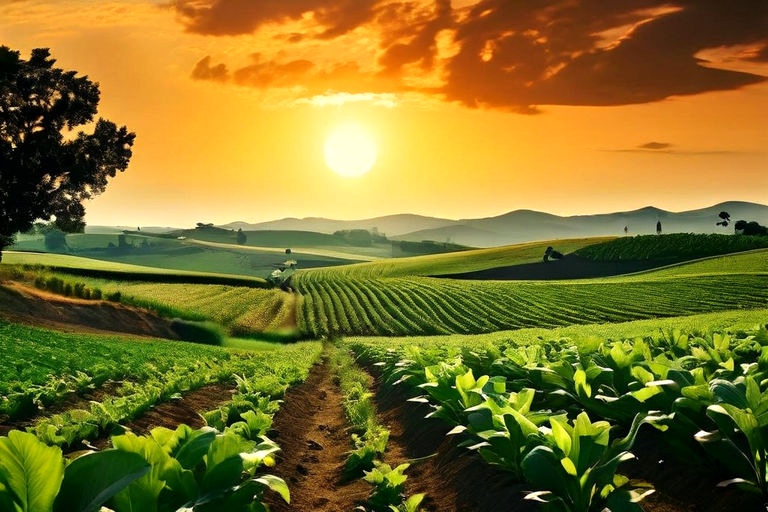How profitable is organic farming compared to conventional farming?

Organic Farming Versus Conventional Farming: A Profitability Analysis
Organic farming and conventional farming are two primary agricultural practices that prevail in the world today. While both methods have their unique characteristics and benefits, a critical question often arises: how does the profitability of organic farming compare to conventional farming? This comprehensive analysis delves into the economics of both farming methods to provide a clear answer.
Understanding Organic and Conventional Farming
Before we delve into the profitability comparison, it's crucial to understand what these farming methods entail. Organic farming is a method that relies on ecological processes, biodiversity, and cycles adapted to local conditions rather than the use of synthetic inputs. On the other hand, conventional farming typically involves the use of chemical fertilizers, pesticides, and genetically modified organisms to increase crop yield.
Economic Factors Influencing Profitability
Several economic factors influence the profitability of organic and conventional farming. These include input costs, yield, market demand, and price premiums. Input costs for organic farming are often higher due to the need for more labor and organic inputs. However, organic products often command a higher market price, which can offset these costs.
Input Costs and Yield
Organic farming usually requires more labor than conventional farming because it relies on manual labor for tasks such as weed control instead of chemical herbicides. Additionally, organic inputs, such as compost and organic seeds, can be more expensive than synthetic fertilizers and genetically modified seeds used in conventional farming. However, these increased costs can be balanced by the lower cost of not purchasing synthetic fertilizers and pesticides. In terms of yield, conventional farming typically produces higher yields due to the use of high-yielding crop varieties and intensive use of inputs. This factor often gives conventional farming an advantage in terms of gross revenue.
Market Demand and Price Premiums
The market demand for organic products has been growing steadily, driven by increasing consumer awareness about the environmental and health benefits of organic food. This demand often translates into price premiums for organic products. Organic farmers can often sell their products at significantly higher prices than conventionally grown products, which can significantly boost their profitability.
Government Policies and Subsidies
Government policies and subsidies also play a crucial role in determining the profitability of organic and conventional farming. In many countries, organic farming is encouraged through various forms of support, including direct subsidies, tax breaks, and technical assistance. These incentives can significantly enhance the profitability of organic farming. On the other hand, conventional farming also receives substantial government support in many regions, primarily in the form of subsidies for synthetic inputs.
Risk Factors
Profitability in farming is also influenced by various risk factors. Organic farming can be riskier due to its reliance on natural processes, which can be affected by weather conditions and pests. However, organic farming practices often promote soil health and biodiversity, which can make farms more resilient to shocks and stresses. Conventional farming, while often providing more predictable yields, can also be risky due to its dependence on synthetic inputs and susceptibility to price fluctuations in input markets.
Long-Term Profitability
While conventional farming might offer higher short-term profits due to higher yields, organic farming can be more profitable in the long run. Organic farming practices tend to enhance soil fertility, leading to stable yields over time. Furthermore, the growing demand for organic products and the willingness of consumers to pay a premium for these products suggest a positive outlook for the long-term profitability of organic farming.
Conclusion
In conclusion, assessing the profitability of organic farming versus conventional farming is not a straightforward task. It involves considering various factors, including input costs, yield, market demand, price premiums, government policies, risk factors, and long-term sustainability. While conventional farming might offer higher yields and potentially higher short-term profits, the long-term profitability of organic farming can be higher due to factors such as growing market demand, price premiums, and sustainable farming practices. Therefore, determining which farming method is more profitable depends on individual circumstances and goals, as well as broader market and policy conditions.

